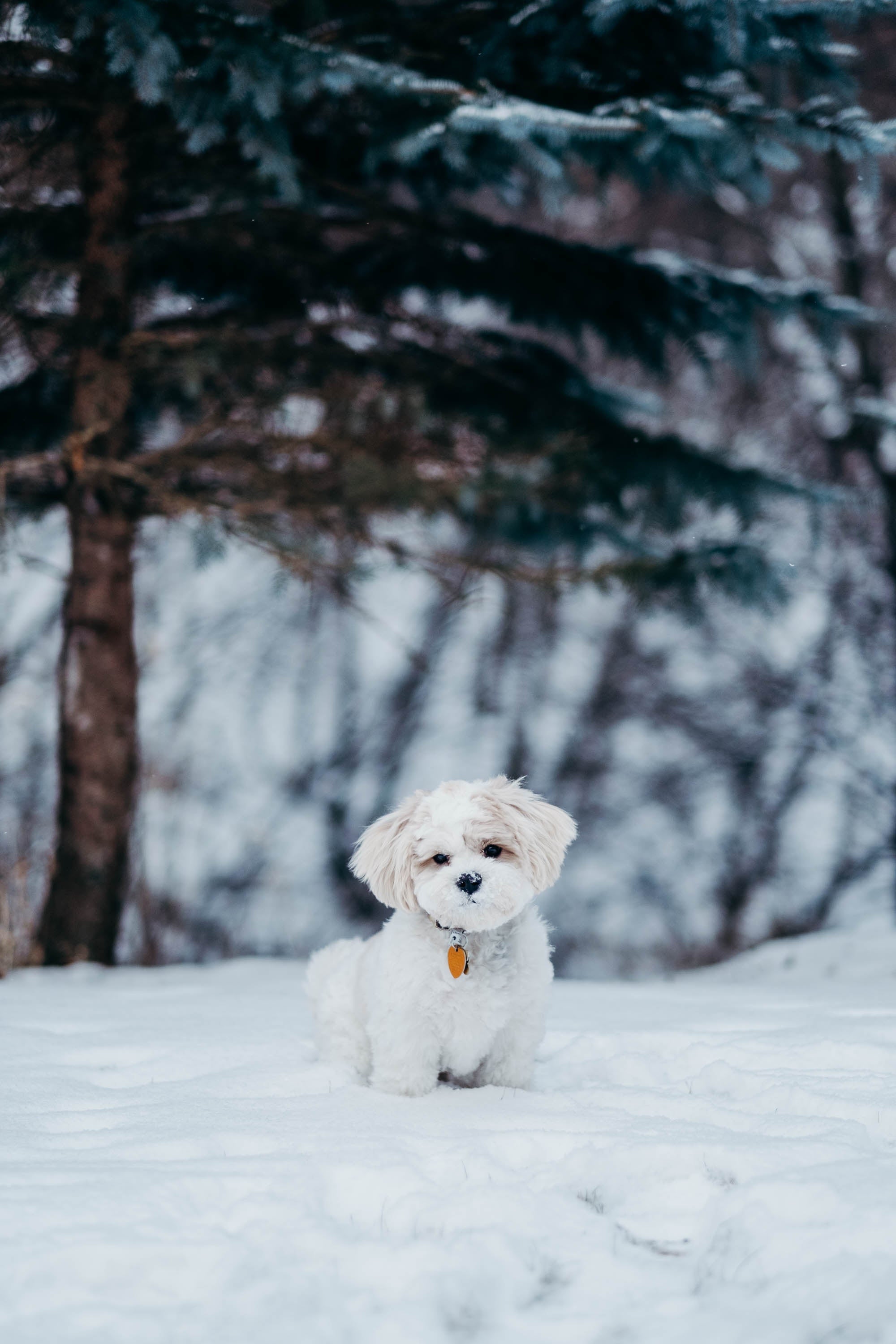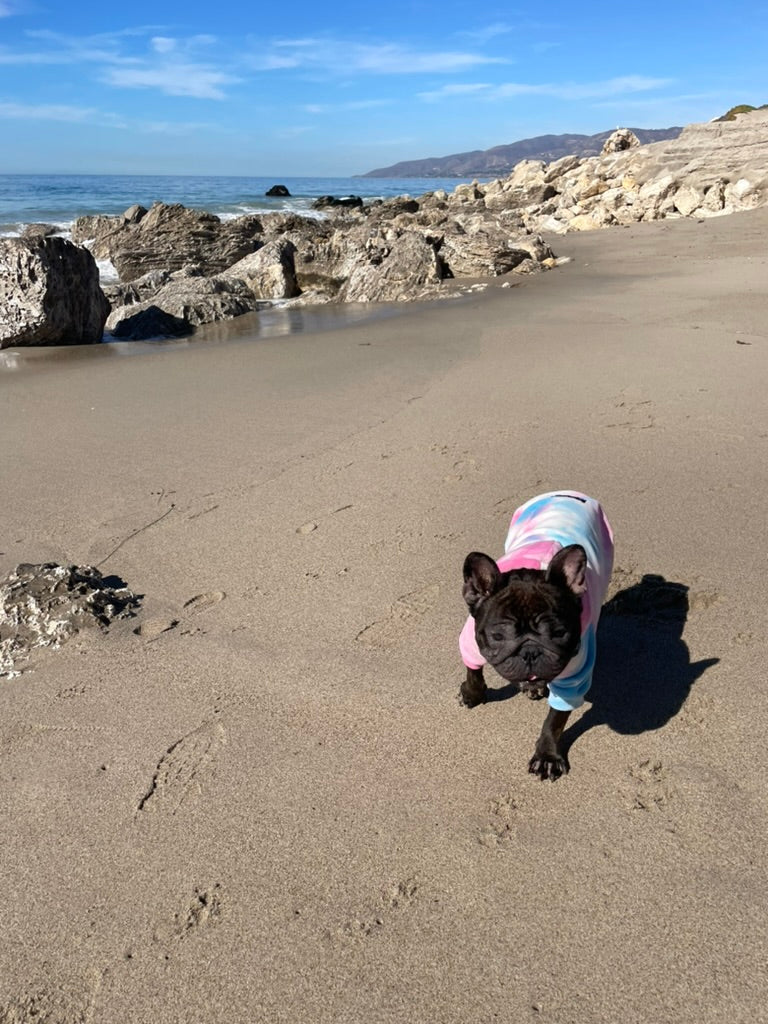Winter brings unique challenges for dog owners, from managing cold temperatures to ensuring proper skin and paw care. Cleo&Hooman present a comprehensive guide to navigate these challenges effectively. This detailed piece combines essential cold-weather care tips with insights on understanding temperature thresholds for different dogs, ensuring your furry friend's safety and comfort during the chilly months.
What’s Too Cold for Your Dog? A Dog-Friendly Temperature Guide
- Above 45°F: Most dogs are comfortable, but consider size, age, and coat type.
- Below 45°F: Dogs averse to cold may start to feel discomfort. Watch for signs like shivering.
- Below 32°F: Smaller breeds, those with thin coats, very young or old dogs, and dogs with health issues may be more sensitive to cold.
- Below 20°F: It's critical to limit outdoor time. Never leave dogs outside in these conditions. Pay attention to signs of hypothermia and frostbite.
These guidelines are supported by the American Veterinary Medical Association and the American Society for the Prevention of Cruelty to Animals (ASPCA), which both provide resources on pet safety in cold weather. Their insights form a crucial part of understanding and responding to the risks posed by colder temperatures.
1. The Right Winter Gear
- Coats and Sweaters: Essential for dogs with thin coats in temperatures below 45°F.
- Booties: Protect paws from cold, salt, and chemicals.
- Reflective Gear: Important for visibility during short winter days.
2. Adjusting Your Dog's Diet and Exercise in Winter
- Caloric Needs: Some dogs may need more calories in the winter to maintain body heat, especially if they're active outdoors.
- Indoor Activities: When it's too cold, engage your dog with indoor exercises like interactive toys and training games.
3. Skin and Paw Care in Cold Weather
- Dry Skin: Less humidity can dry out your dog’s skin. Consider a humidifier and ensure they're well-hydrated.
- Paw Protection: Regularly check and clean your dog’s paws. Consider using Zoomie Wipes for added protection. These wipes are specially formulated to gently remove salt, dirt, and chemicals from your dog’s paws, reducing the risk of irritation and dryness. The natural ingredients in Zoomie Wipes also provide a soothing effect, keeping paws healthy during the harsh winter months.
4. Recognizing and Preventing Cold-Related Health Issues
- Hypothermia and Frostbite: Know the signs and seek immediate veterinary care if suspected.
- Safe Outdoor Time: Keep walks short in extreme cold and monitor your dog for discomfort.
5. Creating a Cozy Indoor Environment
- Warm Bedding: Ensure a warm, draft-free sleeping area.
- Avoid Heat Sources: Protect your dog from burns and overheating near heaters or fireplaces.
Winter care for dogs requires careful consideration of their breed, size, and health. By following these guidelines, you can ensure your dog enjoys the winter season safely and comfortably. Remember, your dog relies on you for their well-being, so stay attentive to their needs as the temperatures drop.






